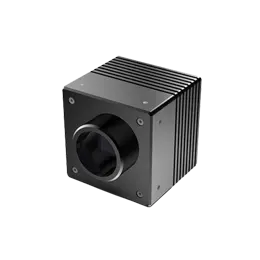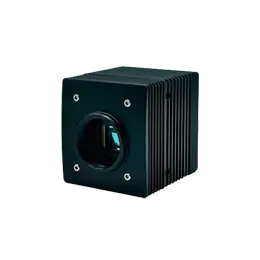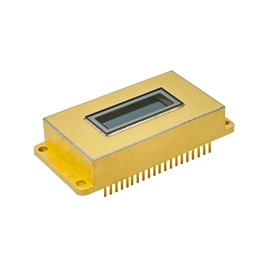Night vision technology has revolutionized various industries, including defense, surveillance, and even consumer electronics. Among the numerous advancements in this field, InGaAs (Indium Gallium Arsenide) sensors have emerged as a game-changer. In this blog, we delve into the unique capabilities of InGaAs sensors and their significant contributions to night vision technology.
To understand the remarkable performance of InGaAs sensors in low-light conditions, it is crucial to explore their underlying working principle. Unlike traditional CCD and CMOS image sensors, InGaAs sensors operate in the near-infrared spectrum, allowing them to capture light invisible to the human eye. These sensors rely on the photoelectric effect to convert incoming photons into electrical signals, enabling enhanced night vision capabilities.
One of the primary advantages of InGaAs sensors is their superior sensitivity to near-infrared light. Compared to other sensor technologies, InGaAs sensors can detect and amplify extremely weak signals, providing clear and detailed images even in challenging lighting conditions. Furthermore, their extended wavelength range enables visibility beyond the limitations of traditional sensors, enabling users to see through fog, smoke, and even certain materials.
InGaAs sensors excel not only in sensitivity but also in image resolution. By utilizing advanced manufacturing techniques, these sensors can achieve high pixel densities, resulting in sharper and more detailed images. Additionally, InGaAs sensors offer an impressive dynamic range, allowing them to capture both bright and dark areas accurately. This characteristic is crucial for night vision applications, where scenes often contain a wide range of light intensities.
Traditional night vision technologies, such as image intensifiers, have certain limitations that InGaAs sensors effectively overcome. For instance, image intensifiers require ambient light to function optimally, rendering them less effective in completely dark environments. InGaAs sensors, on the other hand, can operate in pitch-black conditions by capturing and amplifying the available near-infrared light. This makes them ideal for scenarios where no ambient light is available or when the target objects emit their own near-infrared radiation.
The unique capabilities of InGaAs sensors have opened up a plethora of applications beyond traditional night vision. They are widely employed in surveillance systems, border control, wildlife monitoring, and even autonomous vehicles. Additionally, ongoing research and development efforts continue to push the boundaries of InGaAs sensor technology, with the potential for even greater sensitivity, higher resolutions, and improved performance.
InGaAs sensors have revolutionized night vision technology, offering superior sensitivity, extended wavelength range, enhanced image resolution, and an ability to overcome the limitations of traditional approaches. Their contribution to various industries cannot be understated, and their potential for further advancements and applications is promising. As technology continues to evolve, InGaAs sensors will undoubtedly play a crucial role in illuminating the night and providing unprecedented vision in the darkness.



